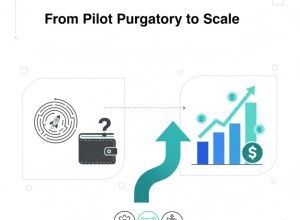How to Present Your Automation Business Case to the Board
Winning executive approval for automation projects requires clarity, credibility, and control. Boards don’t buy robots — they buy results with measurable risk and ROI.
1. Lead with Business Impact
Start with the “why”: reduced downtime, higher throughput, fewer safety incidents. Convert technical gains into financial terms — cost per part, scrap reduction, energy savings.
2. Show Risk Controls
Highlight cybersecurity, redundancy, and safety measures. Boards trust automation when it looks managed, not experimental.
3. Visualize the ROI Path
- Show 12–36 month payback timeline.
- Break down CapEx vs OpEx clearly.
- Include sensitivity analysis for demand or cost changes.
4. Case Studies Win Hearts
Demonstrate peer benchmarks: “Our competitor reduced unplanned stops by 18% using similar robotics.” Real-world data builds confidence faster than slides.
Example
An automotive supplier used a live dashboard demo instead of a PowerPoint. The board approved the project in one session — citing transparency and control as key reasons.
Related Articles
- Calculating Automation ROI in 2025: A CFO-Ready Model
- Payback Under a Year: Realistic Assumptions and Levers
- From Pilot Purgatory to Scale: Funding Models That Work
Conclusion
Present automation as an investment, not an experiment. A solid ROI story backed by data — and framed in business language — turns technical innovation into executive approval.









































Interested? Submit your enquiry using the form below:
Only available for registered users. Sign In to your account or register here.